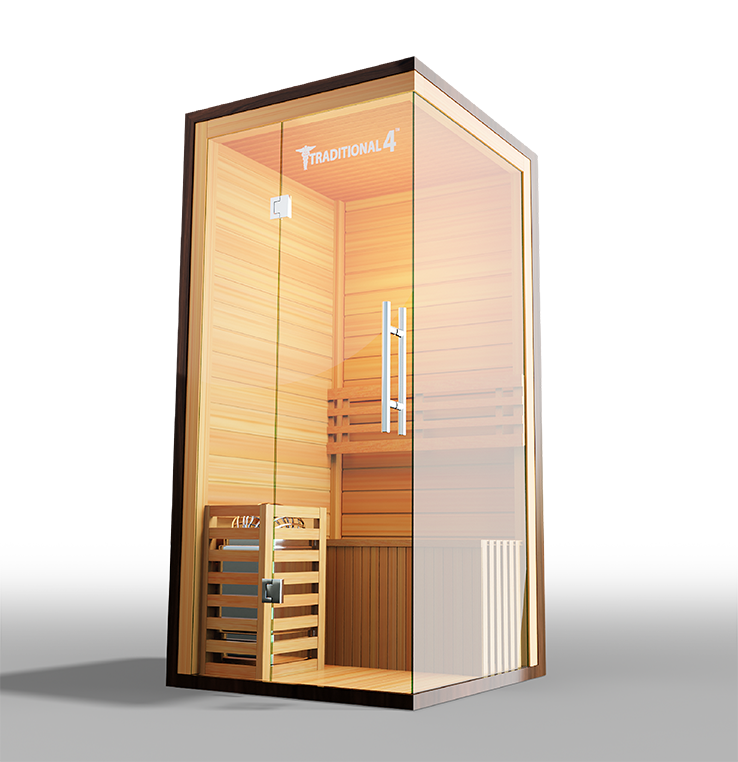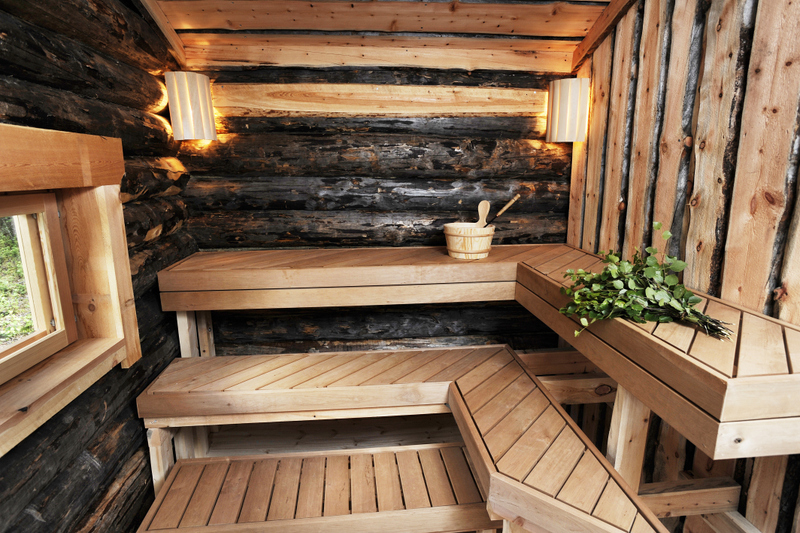Some Known Incorrect Statements About Traditional Sauna
Some Known Incorrect Statements About Traditional Sauna
Blog Article
8 Simple Techniques For Traditional Sauna
Table of Contents3 Easy Facts About Traditional Sauna ExplainedThe Main Principles Of Traditional Sauna 7 Simple Techniques For Traditional SaunaGet This Report about Traditional SaunaWhat Does Traditional Sauna Do?
A lot of the weight shed in a sauna is water loss and is re-gained upon rehydrating. Nonetheless, undeniably sauna can be an integral part of a healthy and balanced weight-loss program. To check out the differences in between traditional and IR saunas, I will divide these into proven, theoretical, and produced differences.Hence, the most popular point in the saunawhich is at the ceiling directly over the sauna heateris typically in between 185 and 190 F. Claims that a standard sauna exceeds 200 F is merely not real and not applicable for electrical saunas sold in the United States. The temperature for a far-infrared sauna is typically established in between 120 and 140 F; however, unlike the conventional sauna, the objective in and IR space is not to achieve a heat.
Due to this, the temperature level difference is virtually pointless, since extreme sweating causes both sauna types, but the technique of warming the body is different. In an IR sauna the bather will certainly feel warm and will sweat profusely, however at much reduced temperatures (Traditional Sauna). Therefore, if the objective is to spend longer amount of times in the sauna, the IR sauna is an excellent choice
When a typical sauna has been appropriately heated, the sauna wall surfaces are warm, the air temperature has actually attained set temperature and the rocks are very warmed. As an interesting side note, the heated walls and the rocks are discharging far-infrared heat, integrated with the warmed air, to develop an "enveloping warm".
Traditional Sauna Can Be Fun For Anyone

When the high temperature level is achieved, the components cycle on and off to maintain the high temperature. The majority of traditional sauna users enjoy pouring water over the rocks to create steam to increase sauna humidity degrees. The benefits of putting water over the rocks consist of: making the area more comfy, dampening the nasal passages, and enabling the use of aromatherapy by blending crucial oils with the water.

When the power goes into the body, it causes the body temperature level to boost and eventually results website here in sweat. In an infrared sauna it's essential for the emitters/heaters to continue to be on practically regularly. Because there is no mass of rocks to preserve heat, the sauna will certainly cool down if the emitters turned off.
As pointed out over, the sauna bather in an infrared room desires to place himself in front of running emitters to get optimal advantage from the heat. The home click here for more info heating time for both rooms can be extremely various, depending on exactly how the rooms are made use of. For a standard sauna, a bather needs to allow 30-40 minutes for the space to attain a preferred temperature level and to effectively pre-heat the rocks.
How Traditional Sauna can Save You Time, Stress, and Money.
A well created sauna will typically achieve a temperature of 150-160 F in about 30-40 mins. For hotter temperature levels, the area might require to warm for a longer period.

Traditional saunas tend to be bigger (hence make use of more electrical energy) than infrared saunas, although standard saunas are certainly readily available in one and two individual dimensions. For a two-person conventional sauna, 5x6 or 5x7 size is most preferred. The top bench can pleasantly seat two or 3 people and is also enough time to rest throughout the sauna session.
The Ultimate Guide To Traditional Sauna
The ordinary cost per kWH of electrical energy in the united state is approximately $0.11, so a 4.5 kW heater will certainly set you back about $.50 to compete one hour, if the heater runs continuously for one hour. Usually a sauna heating unit will certainly compete 75% of the initial hour and 50% of succeeding hours on considering that the components cycle once the set temperature is accomplished.

Finally, there is a hardly ever gone over distinction in the social experience between both areas. While our society has lost a few of the social benefit of the traditional sauna experience, it can be really socially fulfilling (Traditional Sauna). From household time in the sauna, to heart-felt conversations with better halves, to sauna partiesthe standard sauna experience can lead to intimate mingling
The Only Guide to Traditional Sauna
Many higher end infrared areas include colored light treatment, stereo and full-glass fronts. The size of many spaces permit for 2 people to comfortably use the space, while some layouts may enable a 3rd or 4th person to make use of the area. Custom-made infrared areas are also offered, with area dimensions offered up to 7' x 8' x 7' high.
Report this page